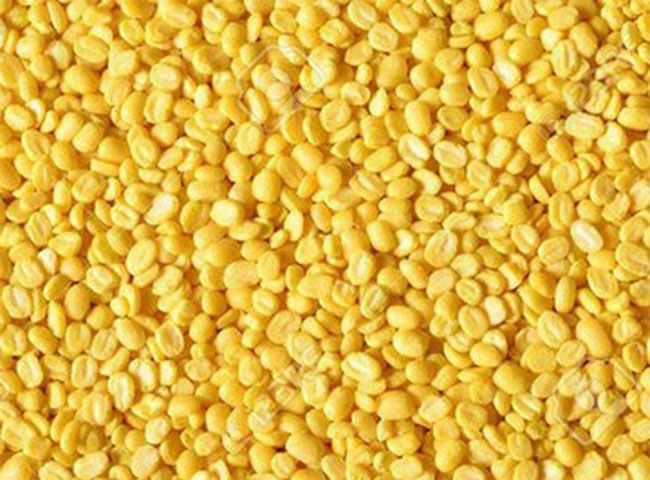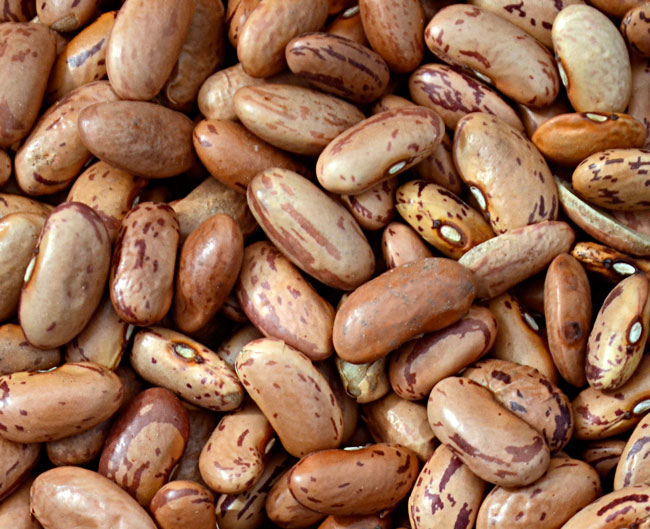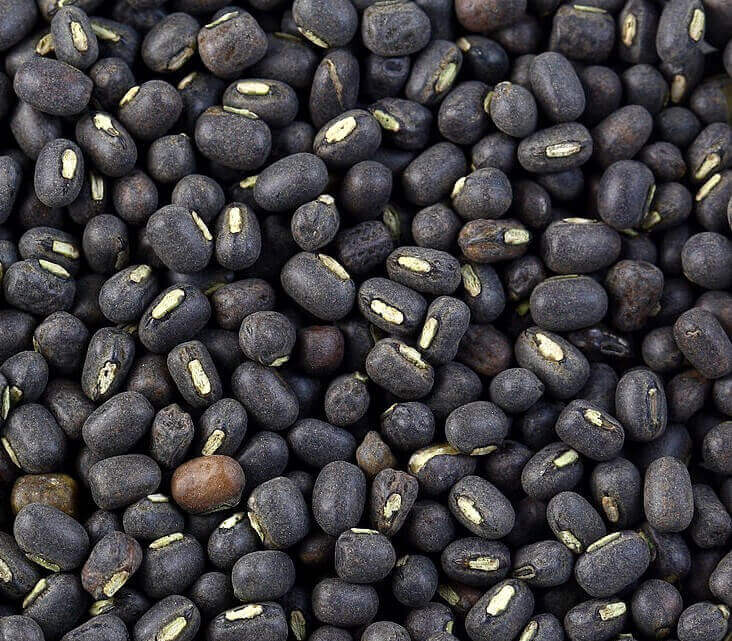Mango, often referred to as the “king of fruits,” is a highly popular and nutrient-rich fruit. Its botanical name is Mangifera indica, and it belongs to the Anacardiaceae family. Native to South Asia, particularly India and Myanmar, mangoes are now cultivated in many tropical and subtropical regions around the world.
Nutritional Benefits
Mangoes offer numerous health benefits due to their rich nutritional profile:
- Vitamins: High in vitamins A, C, and E, which are essential for skin health, vision, and the immune system.
- Fiber: Rich in dietary fiber, which aids in digestion and promotes gut health.
- Antioxidants: Contain antioxidants such as beta-carotene, which help protect the body against free radicals.
Check these recipes: Mango Kulfi | Mawa Modak
Uses
Mangoes can be enjoyed in various ways:
- Fresh: Eaten directly as a fruit.
- Juices and Smoothies: Popular as mango juice, shakes, and smoothies.
- Salads: Added to fruit and vegetable salads for a tropical twist.
- Desserts: Used in ice creams, sorbets, and other sweet treats.
- Chutneys and Pickles: Made into chutneys and pickles, especially in Indian cuisine.
Cultivation
Mango trees thrive in tropical and subtropical climates. Key requirements for their cultivation include:
- Warm and Dry Climate: Mango trees need a warm, dry climate to produce fruit.
- Well-Drained Soil: Prefer slightly acidic to neutral pH soil with good drainage.
- Sunlight: Require full sun exposure for optimal growth and fruiting.
Cultural Significance
In Indian culture, mangoes hold a significant place and are often associated with love and prosperity. They are prominently featured in religious ceremonies, festivals, and culinary traditions.
Selection and Storage
When selecting mangoes, look for fruits that are fragrant, slightly soft to the touch, and free of blemishes. Ripe mangoes can be stored at room temperature for a few days. For longer storage, they can be kept in the refrigerator.
Check these recipes: Mango Kulfi | Mawa Modak
Varieties
Mangoes come in a wide variety of types, each with unique flavors, textures, and characteristics. Here are some of the most popular types of mangoes from around the world:
1. Alphonso (Hapus)
- Origin: India
- Characteristics: Known for its rich, creamy texture and sweet flavor, Alphonso is often regarded as the king of mangoes.
- Season: March to June
2. Ataulfo (Honey or Champagne)
- Origin: Mexico
- Characteristics: Small, golden yellow mango with a smooth, buttery texture and sweet taste. It has minimal fiber.
- Season: March to July
3. Haden
- Origin: Florida, USA (originally from India)
- Characteristics: Large, red and green mango with a firm flesh and sweet, aromatic flavor.
- Season: March to May
4. Kent
- Origin: Florida, USA
- Characteristics: Large, juicy mango with minimal fibers and a sweet, rich flavor. Typically green with red blush when ripe.
- Season: December to February, June to August
5. Tommy Atkins
- Origin: Florida, USA
- Characteristics: Widely grown commercial variety known for its long shelf life. It has a firm flesh with a mild flavor and moderate fiber.
- Season: March to July
6. Keitt
- Origin: Florida, USA
- Characteristics: Large, green mango with a sweet and tangy flavor, minimal fiber, and smooth texture. Remains green even when ripe.
- Season: August to October
7. Kesar
- Origin: India
- Characteristics: Medium-sized, saffron-colored mango with a sweet, rich flavor. Known as the “Queen of Mangoes.”
- Season: May to July
8. Francis (Madame Francis)
- Origin: Haiti
- Characteristics: Oblong, bright yellow mango with a rich, spicy, and sweet flavor. Slightly fibrous.
- Season: May to July
9. Glenn
- Origin: Florida, USA
- Characteristics: Oval, medium-sized mango with a peachy aroma, sweet flavor, and low fiber content. Ripens to a yellow-orange color.
- Season: June to July
Check these recipes: Mango Kulfi | Mawa Modak
10. Palmer
Origin: Florida, USA
Characteristics: Large, elongated mango with a mild, sweet flavor and minimal fiber. Ripens to a deep red color with some yellow.
Season: July to September
11. Langra
- Origin: India
- Characteristics: Greenish-yellow mango with a unique, sweet, and tangy flavor. Very popular in northern India.
- Season: June to July
12. Dasheri
- Origin: India
- Characteristics: Long, oval mango with a sweet, aromatic flavor and minimal fiber. It ripens to a yellow-green color.
- Season: June to July
13. Neelum
- Origin: India
- Characteristics: Small, oval mango with a sweet flavor and firm texture. It ripens to a golden yellow color.
- Season: May to June
14. Raspuri
- Origin: India
- Characteristics: Medium-sized, oval mango with a rich, sweet flavor and juicy texture. Ripens to a bright yellow color.
- Season: May to June
These are just a few examples of the many varieties of mangoes available worldwide. Each type has its own unique taste, aroma, and texture, making mango a versatile and beloved fruit globally.
आम – Mango
Mango आम, जिसे “फलों का राजा” भी कहा जाता है, एक अत्यंत लोकप्रिय और पोषक तत्वों से भरपूर फल है। इसका वानस्पतिक नाम Mangifera indica है और यह अनाकार्डियासी (Anacardiaceae) परिवार का हिस्सा है। आम का मूल स्थान भारत, पाकिस्तान और दक्षिणपूर्व एशिया माना जाता है, लेकिन आज इसे दुनियाभर में उगाया और पसंद किया जाता है।
पोषण संबंधी लाभ
आम कई महत्वपूर्ण पोषक तत्वों से भरपूर होता है:
- विटामिन्स: इसमें विटामिन ए, सी और ई प्रचुर मात्रा में पाए जाते हैं, जो त्वचा, दृष्टि और प्रतिरक्षा प्रणाली के लिए लाभकारी होते हैं।
- फाइबर: आम में उच्च मात्रा में फाइबर होता है, जो पाचन तंत्र के स्वास्थ्य के लिए महत्वपूर्ण है।
- एंटीऑक्सिडेंट्स: इसमें मौजूद एंटीऑक्सिडेंट्स शरीर को हानिकारक फ्री रेडिकल्स से बचाने में मदद करते हैं।
उपयोग
आम का उपयोग विभिन्न प्रकार से किया जा सकता है:
- ताजा: आम को सीधे फल के रूप में खाया जा सकता है।
- जूस: आम का जूस और शेक बेहद लोकप्रिय हैं।
- सलाद: आम को फलों और सब्जियों के सलाद में मिलाया जा सकता है।
- डेसर्ट: आम की आइसक्रीम, कुल्फी, और अन्य मिठाइयाँ बनाई जाती हैं।
- चटनी और अचार: आम से विभिन्न प्रकार की चटनियाँ और अचार भी बनाए जाते हैं।
खेती
आम के पेड़ उष्णकटिबंधीय और उपोष्णकटिबंधीय जलवायु में पनपते हैं। इनकी खेती के लिए:
- गर्म और शुष्क मौसम: आम के पेड़ को गर्म और शुष्क मौसम की आवश्यकता होती है।
- अच्छी जल निकासी वाली मिट्टी: पेड़ को थोड़ी अम्लीय से लेकर तटस्थ पीएच वाली मिट्टी पसंद होती है।
- धूप: आम के पेड़ को पूर्ण सूर्यप्रकाश की आवश्यकता होती है।
सांस्कृतिक महत्व
आम भारतीय संस्कृति, साहित्य, कला और धार्मिक अनुष्ठानों में एक महत्वपूर्ण स्थान रखता है। यह भारतीय व्यंजनों का एक अनिवार्य हिस्सा है और गर्मियों के मौसम में विशेष रूप से पसंद किया जाता है।
Check these recipes: Mango Kulfi | Mawa Modak
चयन और भंडारण
आम का चयन करते समय, उन फलों की तलाश करें जो सुगंधित, थोड़े मुलायम और बिना किसी दोष के हों। ताजे आम को कमरे के तापमान पर कुछ दिनों तक रखा जा सकता है। यदि अधिक समय तक संग्रहीत करना हो, तो इन्हें फ्रिज में रखा जा सकता है।
कुल मिलाकर, आम एक बहुमुखी और पौष्टिक फल है, जो न केवल स्वादिष्ट होता है बल्कि स्वास्थ्य के लिए भी कई लाभ प्रदान करता है।
आम के प्रकार
आम कई प्रकार के होते हैं, जिनमें से प्रत्येक का स्वाद, बनावट और विशेषताएँ अद्वितीय होती हैं। यहां दुनिया भर के कुछ सबसे लोकप्रिय आमों के प्रकार दिए गए हैं:
अल्फांसो (हापुस)
उत्पत्ति: भारत
विशेषताएँ: अपनी समृद्ध, मलाईदार बनावट और मीठे स्वाद के लिए जाना जाने वाला, अल्फांसो को अक्सर आमों का राजा माना जाता है।
मौसम: मार्च से जून
अटाउल्फो (शहद या शैम्पेन)
उत्पत्ति: मेक्सिको
विशेषताएँ: मुलायम, मक्खन जैसी बनावट और मीठे स्वाद वाला छोटा, सुनहरा पीला आम। इसमें न्यूनतम फाइबर होता है।
मौसम: मार्च से जुलाई
हेडन
उत्पत्ति: फ्लोरिडा, यूएसए (मूल रूप से भारत से)
विशेषताएँ: सख्त गूदा और मीठा, सुगंधित स्वाद वाला बड़ा, लाल और हरा आम।
मौसम: मार्च से मई
केंट
उत्पत्ति: फ्लोरिडा, यूएसए
विशेषताएँ: न्यूनतम रेशों वाला बड़ा, रसदार आम और मीठा, भरपूर स्वाद। पकने पर आमतौर पर लाल ब्लश के साथ हरा।
मौसम: दिसंबर से फरवरी, जून से अगस्त
टॉमी एटकिन्स
उत्पत्ति: फ्लोरिडा, यूएसए
विशेषताएँ: व्यापक रूप से उगाई जाने वाली व्यावसायिक किस्म जो अपनी लंबी शेल्फ लाइफ के लिए जानी जाती है। इसमें हल्का स्वाद और मध्यम फाइबर के साथ सख्त गूदा होता है।
मौसम: मार्च से जुलाई
कीट
उत्पत्ति: फ्लोरिडा, यूएसए
विशेषताएं: मीठा और तीखा स्वाद, न्यूनतम फाइबर और चिकनी बनावट वाला बड़ा, हरा आम। पकने पर भी हरा रहता है।
मौसम: अगस्त से अक्टूबर
Check these recipes: Mango Kulfi | Mawa Modak
केसर
उत्पत्ति: भारत
विशेषताएँ: मध्यम आकार का, केसरिया रंग का, मीठा और भरपूर स्वाद वाला आम। “आमों की रानी” के रूप में जाना जाता है।
मौसम: मई से जुलाई
फ्रांसिस (मैडम फ्रांसिस)
उत्पत्ति: हैती
विशेषताएँ: भरपूर, मसालेदार और मीठे स्वाद वाला लम्बा, चमकीला पीला आम। थोड़ा रेशेदार.
मौसम: मई से जुलाई
ग्लेन
उत्पत्ति: फ्लोरिडा, यूएसए
विशेषताएँ: अंडाकार, मध्यम आकार का आम जिसमें आड़ू की सुगंध, मीठा स्वाद और कम फाइबर सामग्री होती है। पककर पीले-नारंगी रंग का हो जाता है।
मौसम: जून से जुलाई
पामर
उत्पत्ति: फ्लोरिडा, यूएसए
विशेषताएँ: हल्का, मीठा स्वाद और न्यूनतम फाइबर वाला बड़ा, लम्बा आम। कुछ पीले रंग के साथ पककर गहरे लाल रंग का हो जाता है।
मौसम: जुलाई से सितंबर
लंगड़ा
उत्पत्ति: भारत
विशेषताएँ: अनोखा, मीठा और तीखा स्वाद वाला हरा-पीला आम। उत्तर भारत में बहुत लोकप्रिय.
मौसम: जून से जुलाई
दशहरी
उत्पत्ति: भारत
विशेषताएँ: मीठा, सुगंधित स्वाद और न्यूनतम फाइबर वाला लंबा, अंडाकार आम। यह पककर पीले-हरे रंग का हो जाता है।
मौसम: जून से जुलाई
नीलम
उत्पत्ति: भारत
विशेषताएँ: मीठा स्वाद और ठोस बनावट वाला छोटा, अंडाकार आम। यह पककर सुनहरे पीले रंग का हो जाता है।
मौसम: मई से जून
रसपुरी
उत्पत्ति: भारत
विशेषताएँ: मध्यम आकार का, भरपूर, मीठा स्वाद और रसदार बनावट वाला अंडाकार आम। पककर चमकीले पीले रंग का हो जाता है।
मौसम: मई से जून
ये दुनिया भर में उपलब्ध आमों की कई किस्मों के कुछ उदाहरण हैं। प्रत्येक प्रकार का अपना अनूठा स्वाद, सुगंध और बनावट होती है, जो आम को विश्व स्तर पर एक बहुमुखी और प्रिय फल बनाती है।




